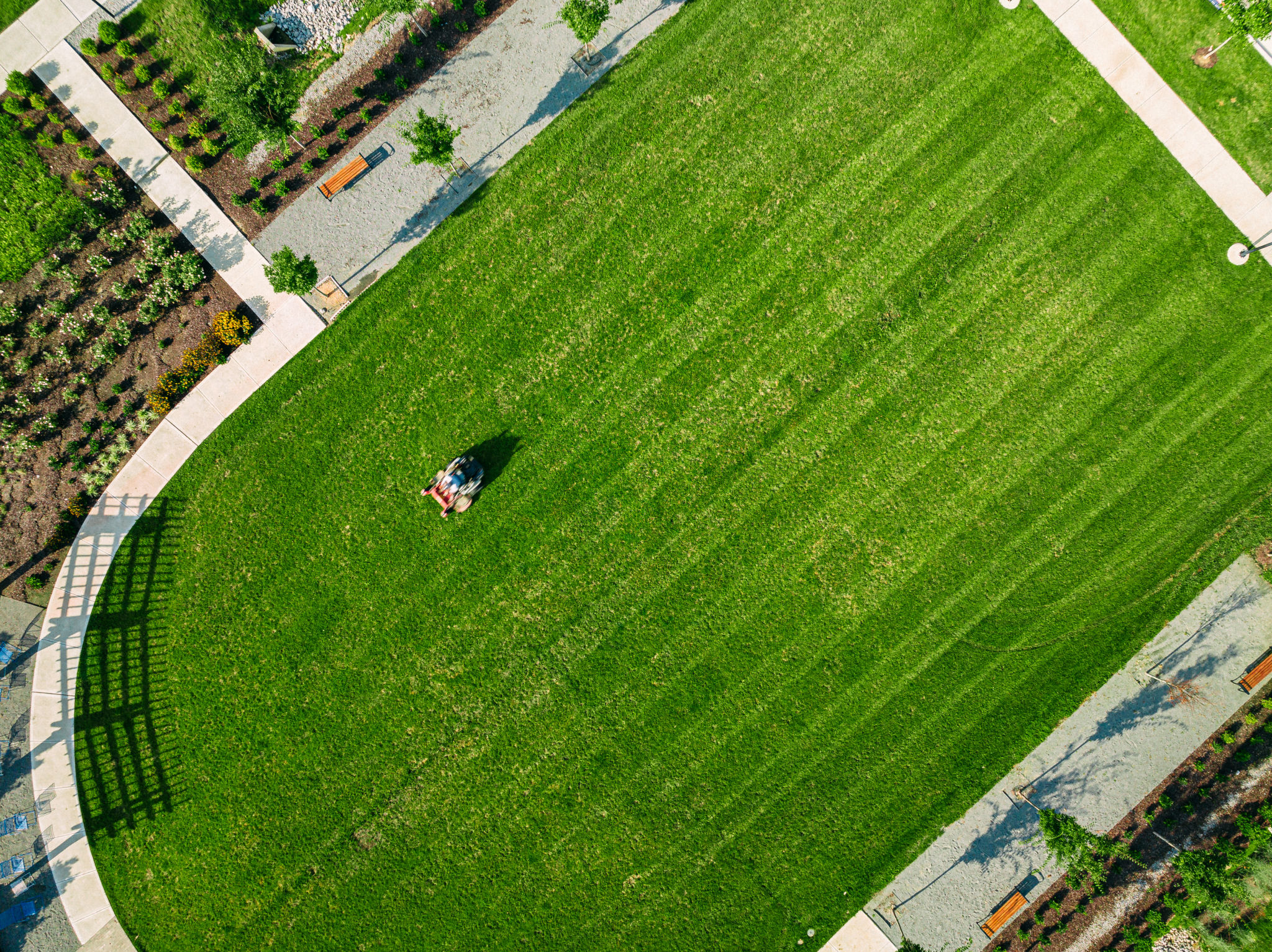How to Prepare Your Lawn for the Sag Harbor Winter
Understanding the Impact of Winter on Your Lawn
As winter approaches in Sag Harbor, your lawn will face challenges such as colder temperatures, frost, and potentially snow. Preparing your lawn for these conditions is crucial to ensure it remains healthy and vibrant come springtime. By taking proactive steps, you can protect your lawn from winter damage and set the foundation for a beautiful landscape.

Clearing Debris and Leaves
The first step in preparing your lawn for winter is to clear away any debris and fallen leaves. Leaving this material on your grass can lead to mold and disease, which can damage your lawn over time. Use a rake or leaf blower to remove leaves and sticks, ensuring your grass gets enough air and sunlight.
Why It's Important
Removing debris not only prevents disease but also allows you to inspect your lawn for any problem areas that might need attention before the ground freezes. A clean lawn also helps when it comes to fertilizing and aeration.

Aerate Your Lawn
Aeration is a vital step in preparing your lawn for winter. This process involves perforating the soil with small holes to allow air, water, and nutrients to penetrate the grassroots. Aeration helps alleviate soil compaction and promotes healthier root growth, which is especially important before the dormant winter months.
When to Aerate
The best time to aerate your lawn in Sag Harbor is during the fall when the grass is still growing. This timing allows the lawn to recover quickly and benefit from the increased access to essential nutrients.

Fertilizing for Winter Health
Applying a slow-release fertilizer in the fall can bolster your lawn's health throughout the winter. Fertilizers rich in potassium help strengthen the grass roots, making them more resilient against cold temperatures. Be sure to choose a fertilizer specially formulated for winterizing lawns.
Application Tips
Spread the fertilizer evenly across your lawn, following the manufacturer's instructions. It's best to apply fertilizer after aerating, as this allows it to penetrate deeper into the soil where it's most needed.
Mowing and Watering Adjustments
As temperatures drop, you'll need to adjust how you mow and water your lawn. Gradually lower your mower's blade height over several weeks, leaving the grass slightly taller than usual as you approach winter. This height protects the grass from cold damage while preventing matting under snow.
Watering Considerations
Reduce the frequency of watering as the weather cools, but ensure your lawn receives adequate moisture before the ground freezes. This balance prevents stress on the grass while ensuring it has enough hydration to survive the winter.

Addressing Bald Spots and Weeds
Take advantage of the fall season to address any bald spots or weeds in your lawn. Reseed bare patches, giving new grass time to establish before winter sets in. Additionally, apply a pre-emergent herbicide if needed to control weeds that might emerge during warmer spells.
Choosing the Right Seed
Select a grass seed blend suited to your climate and soil conditions in Sag Harbor. Consider factors such as shade tolerance and disease resistance when making your choice to ensure the best results.